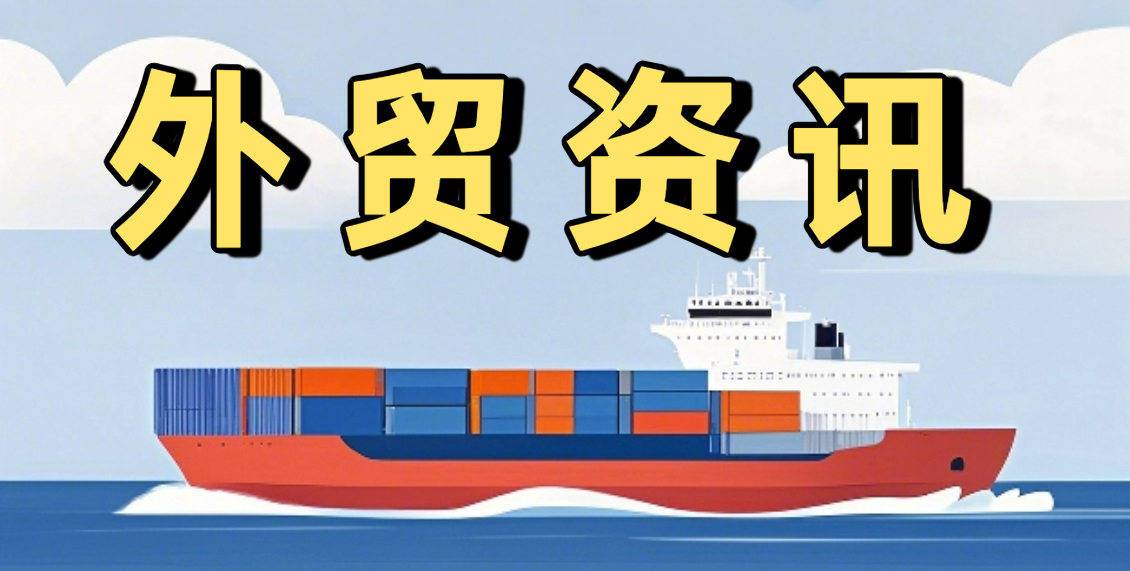 400-076-6558智领未来,外贸超级营销员
400-076-6558智领未来,外贸超级营销员
 400-076-6558智领未来,外贸超级营销员
400-076-6558智领未来,外贸超级营销员

You’re not alone if you’ve ever stared at a shipping quote and thought: “Is this really the best deal?” In global trade, choosing the wrong logistics path can mean lost profits, delayed deliveries, or angry clients. Let’s break down your options—clearly, practically, and with real-world data.
| Transport Mode | Avg. Cost per CBM | Delivery Time | Best For |
|---|---|---|---|
| Ocean Freight (LCL) | $150–$300 | 2–6 weeks | Small batches, cost-sensitive items like textiles or furniture |
| Ocean Freight (FCL) | $500–$1,200 | 3–8 weeks | High-volume orders (e.g., machinery, steel products) |
| Air Freight | $3–$8/kg | 3–7 days | Urgent parts, electronics, perishables |
| Express Courier (DHL/FedEx) | $10–$25/kg | 1–3 days | Prototypes, samples, small high-value items |
“In 2023, over 60% of B2B exporters used ocean freight for bulk shipments—but only 30% optimized their container loading. That’s a hidden $500–$2,000 savings per shipment.” – Freightos Global Logistics Report
If you're just starting out (think: trial orders), go with express courier—it's fast, trackable, and builds trust quickly. For volume production, ocean freight (especially FCL) gives you the lowest unit cost. And when a client needs something yesterday? Air freight is your lifeline—even if it costs more upfront, it saves your reputation.
Pro tip: Always calculate total landed cost—not just shipping. Include customs duties, handling fees, and insurance. Many new exporters forget this—and end up losing money on “cheap” quotes.

Use free tools like:
And yes—you can automate this. One factory in Vietnam reduced their shipping decisions from 3 hours per order to under 5 minutes using an AI-driven routing engine that learns from historical performance.
A German metal parts supplier once shipped all their orders via air freight because they thought speed was everything. After 6 months, they realized they were spending 40% more than necessary. By switching to ocean freight for regular orders and reserving air for urgent ones, they cut logistics costs by 15%—and improved customer satisfaction too.
That’s what we call smart logistics: not just cheaper, but better aligned with your goals.
Ready to stop guessing and start optimizing?
Get Your Free Logistics Optimization Checklist — Helps You Save Every Dollar.png?x-oss-process=image/resize,h_100,m_lfit/format,webp)
.png?x-oss-process=image/resize,h_100,m_lfit/format,webp)

.png?x-oss-process=image/resize,h_100,m_lfit/format,webp)
.png?x-oss-process=image/resize,h_100,m_lfit/format,webp)
.png?x-oss-process=image/resize,h_100,m_lfit/format,webp)
.png?x-oss-process=image/resize,h_100,m_lfit/format,webp)
